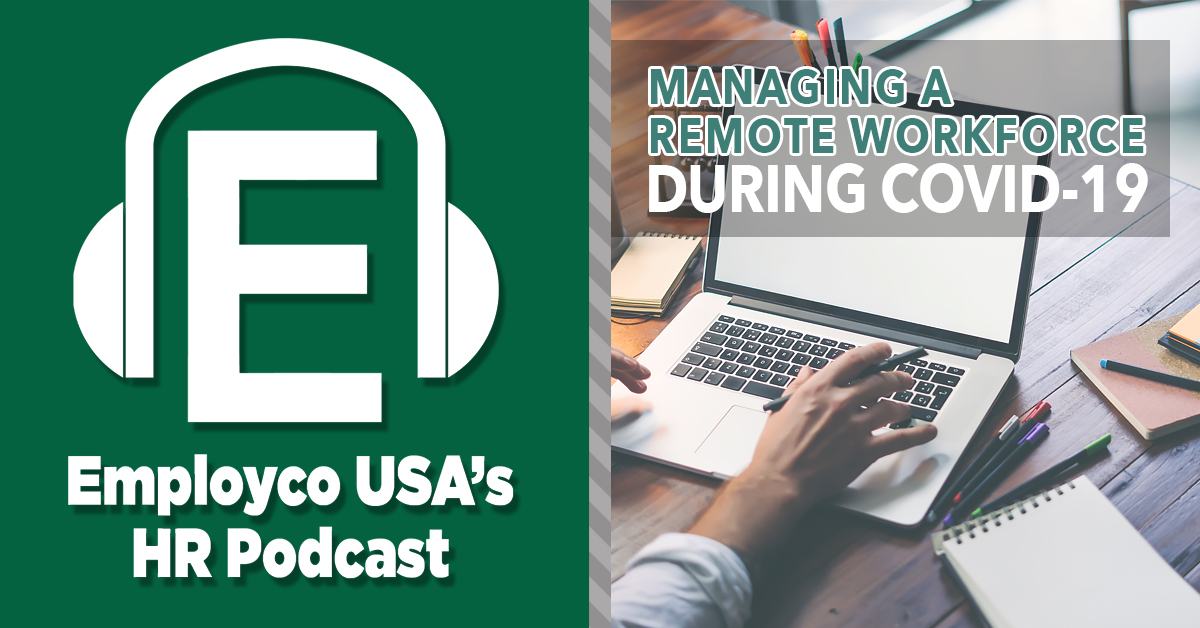
BULLETIN
June 02, 2020 (UPDATE)
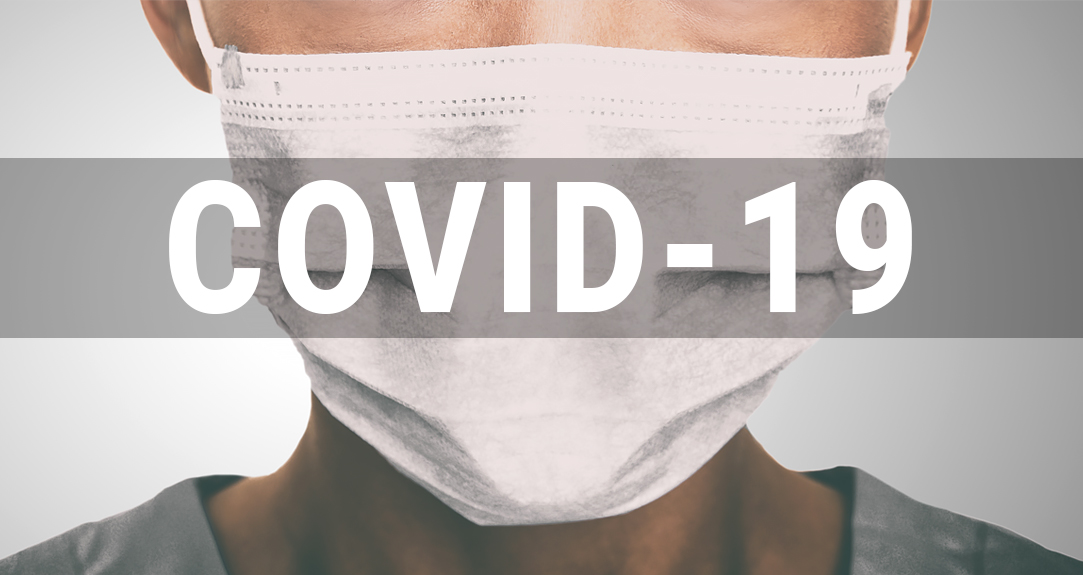
On Friday, May 29, 2020, Governor Pritzker signed an Executive Order that directs Illinois employers to follow the new Department of Commerce and Economic Opportunity Phase 3 guidelines as part of their reopening process. Although the wording of the order could be interpreted to require companies follow all of the guidelines, we are awaiting additional guidance to determine which aspects are required or recommended.
The guidelines are separated by industry. Click the following links to access each industry’s guidelines:
Summary of Key Minimum Guidelines for Offices to Reopen
- All employees should complete health and safety training related to COVID-19 when initially returning to work. Resources to design a training are posted on the DCEO Restore Illinois guidelines website.
- Employers should make temperature checks available for employees and encourage their use. Employers should post information about the symptoms of COVID-19 in order to allow employees to self-assess whether they have any symptoms and should consider going home.
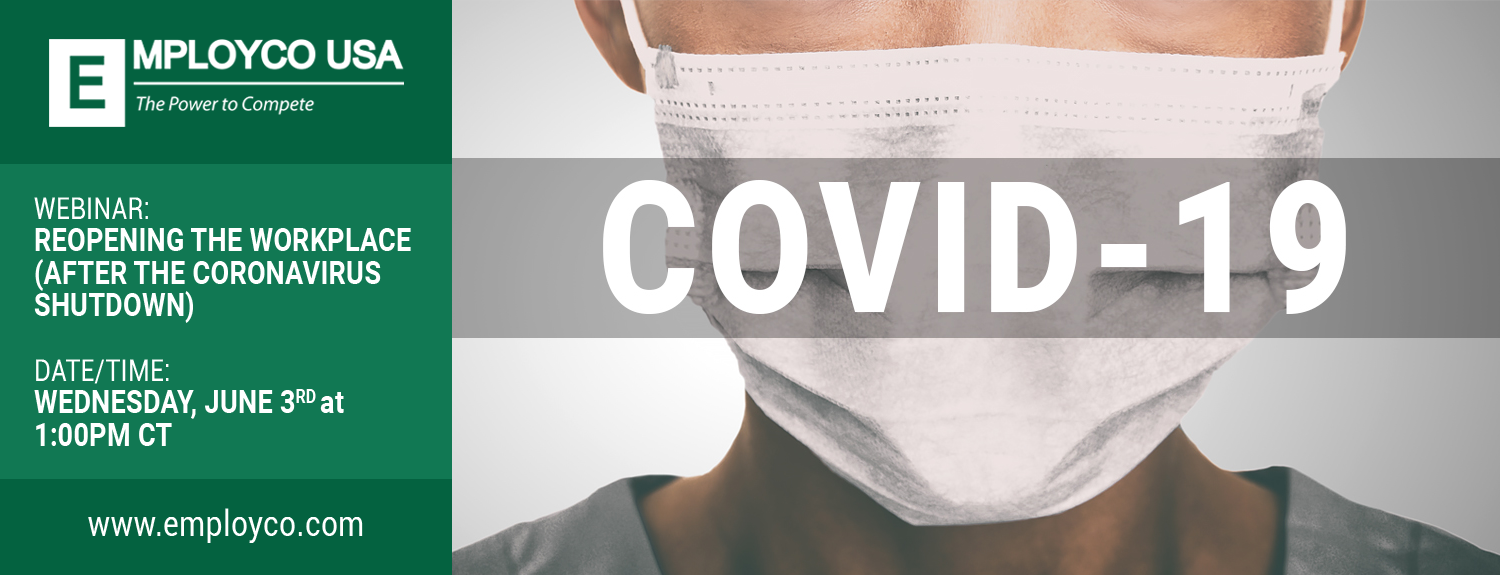
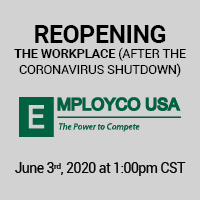
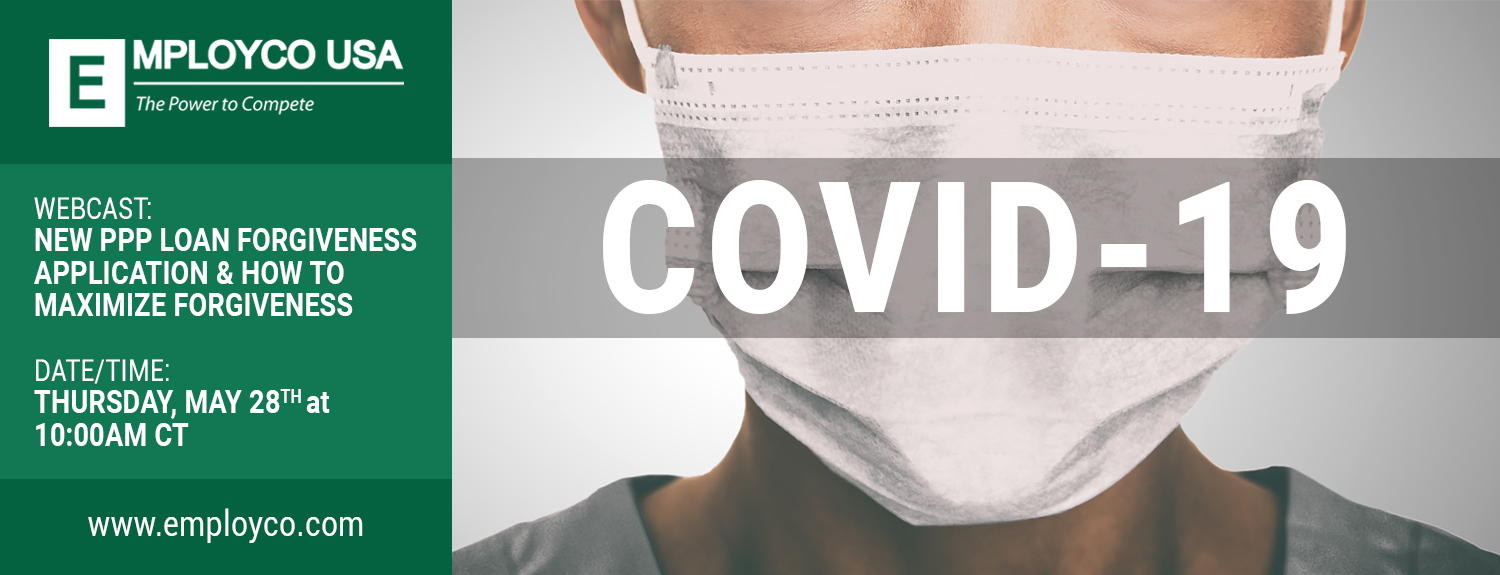
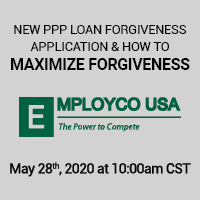
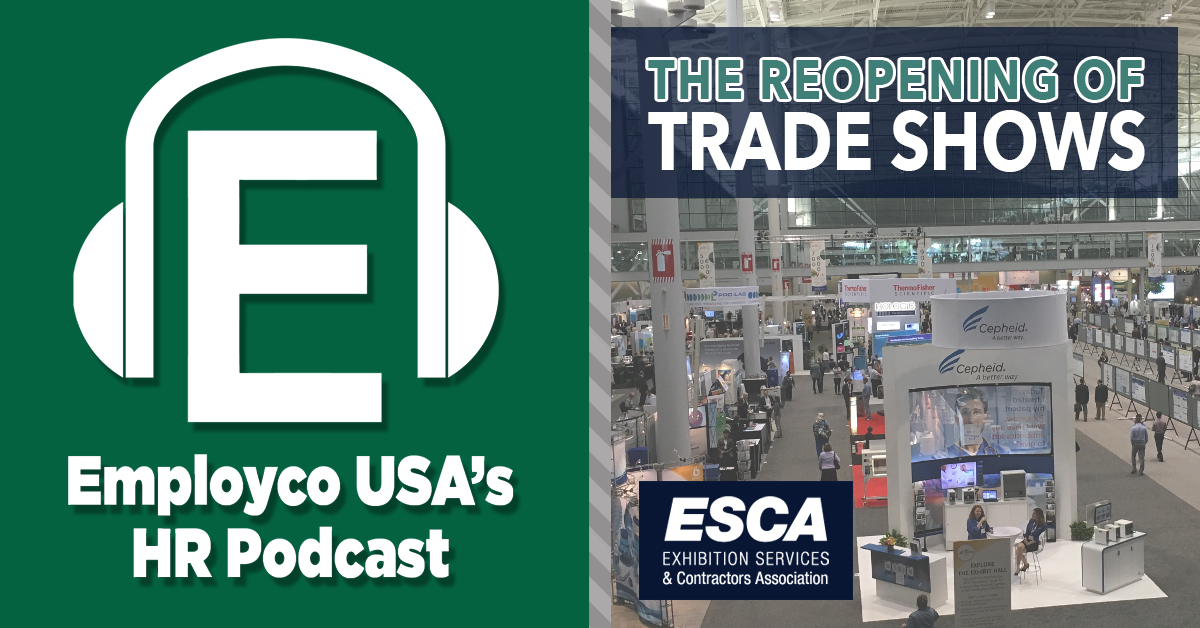
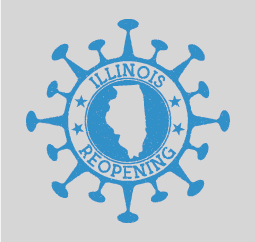 Gov. J.B. Pritzker just unveiled his new reopening plan for the state of Illinois. The projected 5-phase “Illinois Restored” plan was created to help safely reopen businesses in the state without causing an influx of COVID-19 infections. But what does Illinois’s phases reopening mean for employers and their staff, and should we expect similar plans from other lawmakers across the country?
Gov. J.B. Pritzker just unveiled his new reopening plan for the state of Illinois. The projected 5-phase “Illinois Restored” plan was created to help safely reopen businesses in the state without causing an influx of COVID-19 infections. But what does Illinois’s phases reopening mean for employers and their staff, and should we expect similar plans from other lawmakers across the country?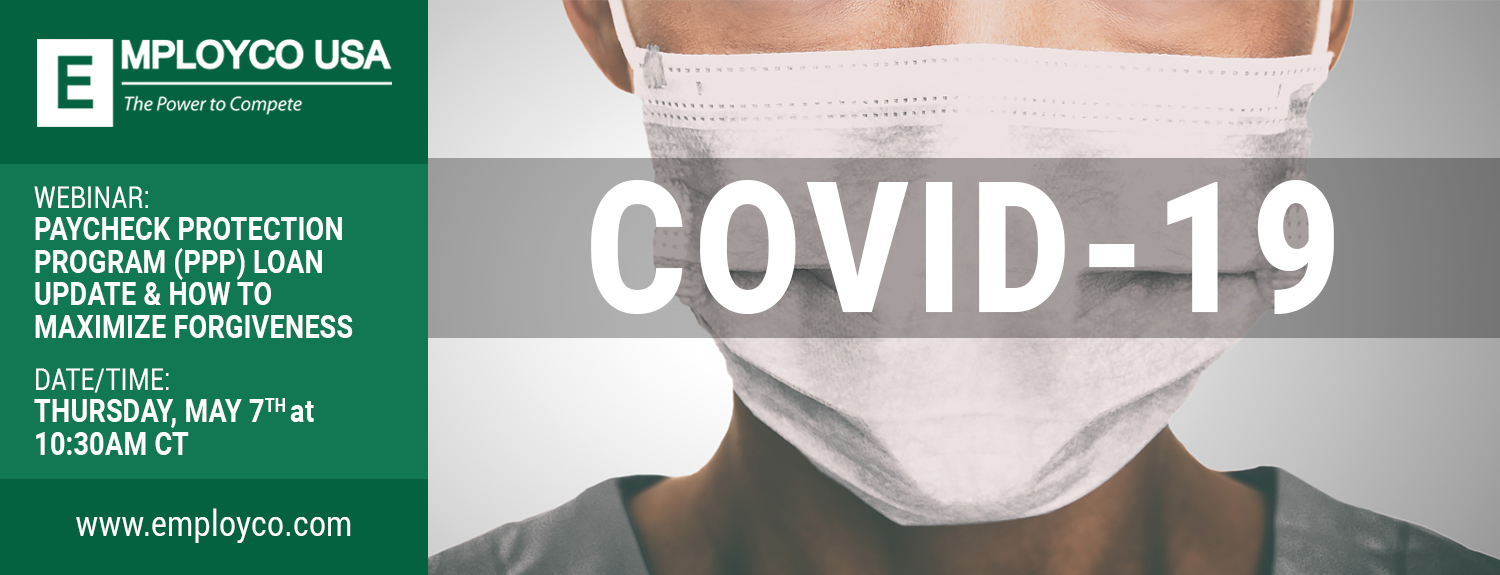
 In 2018, only 24 percent of U.S. workers worked from home on a consistent basis. But, as of last month, 67 percent of employers were taking steps to allow employees to work from home in order to cope with social distancing guidelines. And, as social distancing time frames have been lengthened across the country, employers need to reconsider their new management styles and how to motivate and engage employees who may feel ‘out of sight, out of mind.’
In 2018, only 24 percent of U.S. workers worked from home on a consistent basis. But, as of last month, 67 percent of employers were taking steps to allow employees to work from home in order to cope with social distancing guidelines. And, as social distancing time frames have been lengthened across the country, employers need to reconsider their new management styles and how to motivate and engage employees who may feel ‘out of sight, out of mind.’ While millions of employees are now furloughed or working from home, for essential employees, it’s important to ensure that workplaces are modified to address COVID-19 concerns.
While millions of employees are now furloughed or working from home, for essential employees, it’s important to ensure that workplaces are modified to address COVID-19 concerns.